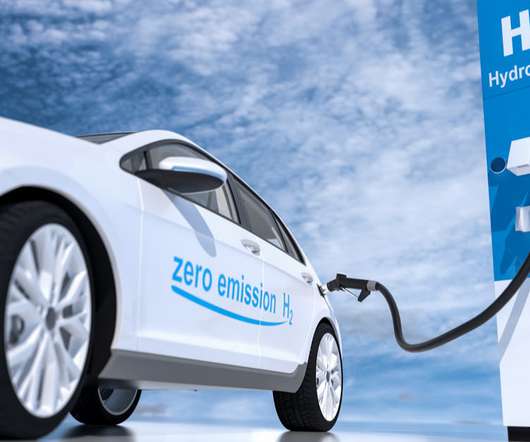The Case for Nuclear Cargo Ships
Cars That Think
JANUARY 20, 2024
The IMO’s previous goal was a 50 percent reduction by 2050 in comparison with 2008 levels. Hedging its bets, the industry is exploring ammonia, batteries, and hydrogen, among other options for powering ships. Another plus for nuclear-propelled ships is easy access to an endless supply of cooling water.











Let's personalize your content